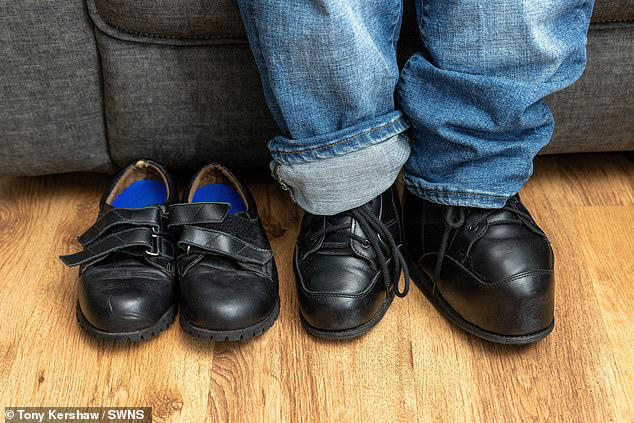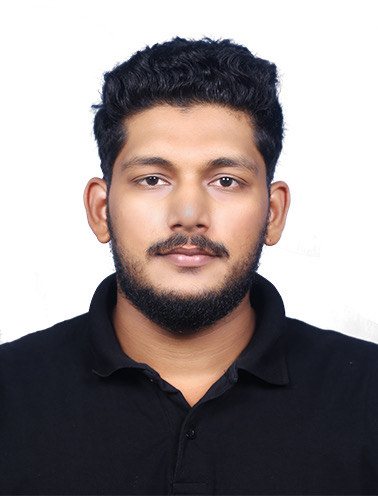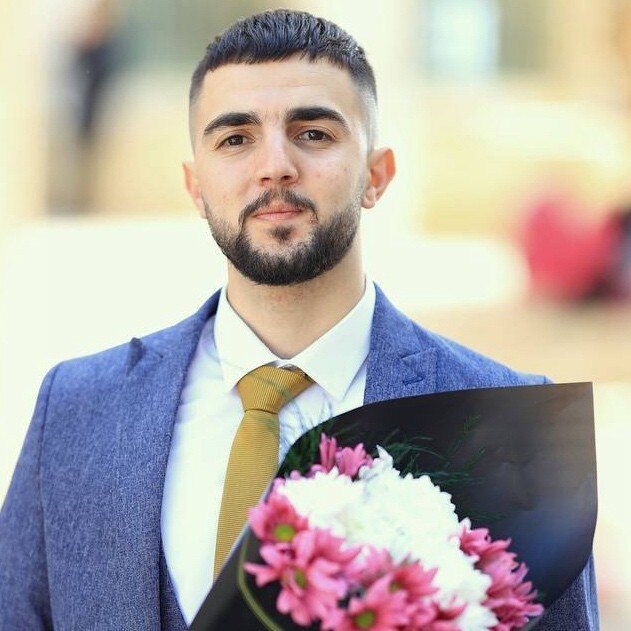I am Obaid Ur Rahman from Afghanistan and I graduated with a Masters from Mobility India Rehabilitation & Research Center in Bangalore, India in December 2023. I am currently working as a Consultant Prosthestit & Orthotist at St. Gamaliel’s Hospital, Ghana
What is your O&P specialty and passion?
My deepest passion lies in prosthetics, a calling rooted in the difficult realities of my homeland—Afghanistan—where decades of war have left thousands of people with life-changing amputations. I began my career as a P&O technician and, over time, fitted more than 700 amputees with prosthetic limbs. During this time, I worked under the supervision of my father, who has been a P&O professional since 1985. Each fitting taught me invaluable lessons that no textbook ever could.
This hands-on experience drove me to pursue advanced studies in the field. Earning my Master’s in Prosthetics & Orthotics and achieving ISPO Category I certification was more than a milestone—it was a promise to do more, to serve better, and to help people regain their lives with dignity.
What do you like most about practicing O&P?
It offers hope where hope once seemed lost. It’s not just about designing or fabricating devices—it’s about restoring independence, confidence, and humanity.
We don't just work with limbs—we work with lives. Seeing someone walk again, return to school, or dance with joy is a reminder that we are not only clinicians; we are transformers of possibility.
What frustrates you about O&P?
Having worked with every level of amputation, one of my greatest frustrations is treating cases where heterotopic ossification (HO) or blast injuries from IEDs severely compromise the residual limb. Often, surgical efforts prioritize saving life over limb preparation, which leads to complex and difficult fittings.
These cases require not only advanced clinical skills but also advocacy—for better surgical planning and post-operative care that consider the long-term rehabilitative needs of patients.
Your greatest patient story in O&P?
Among many patient journeys that moved me, one recent case from Accra, Ghana, stands out. A 16-year-old schoolboy underwent a knee disarticulation amputation due to osteosarcoma. After his surgery, he lost his motivation to attend school and began isolating himself. He feared life would never be the same.
I had the honor of fitting him with a knee disarticulation prosthesis. Slowly but surely, he began walking again—then playing, and eventually, even dancing. His joy, his smile, and his courage reminded me why I chose this field. His transformation was not just physical—it was emotional, social, and spiritual. That is the true power of prosthetics.
How do you build rapport with patients in your care?
I build rapport through genuine connection—smiles, laughter, and sincere words of encouragement. I always remind my patients: “This is not the end of your journey—it’s a new beginning. You are capable of more than you believe.”
By speaking from the heart and walking alongside them—not just as a clinician, but also as a partner—they begin to believe in themselves again.
When you treat patients like family, they feel safe. In addition, when they feel safe, healing begins.
One of my patients once said, “Obaid Ur Rahman is more than a CPO—he is a builder of hope, resilience, and renewed dreams.”
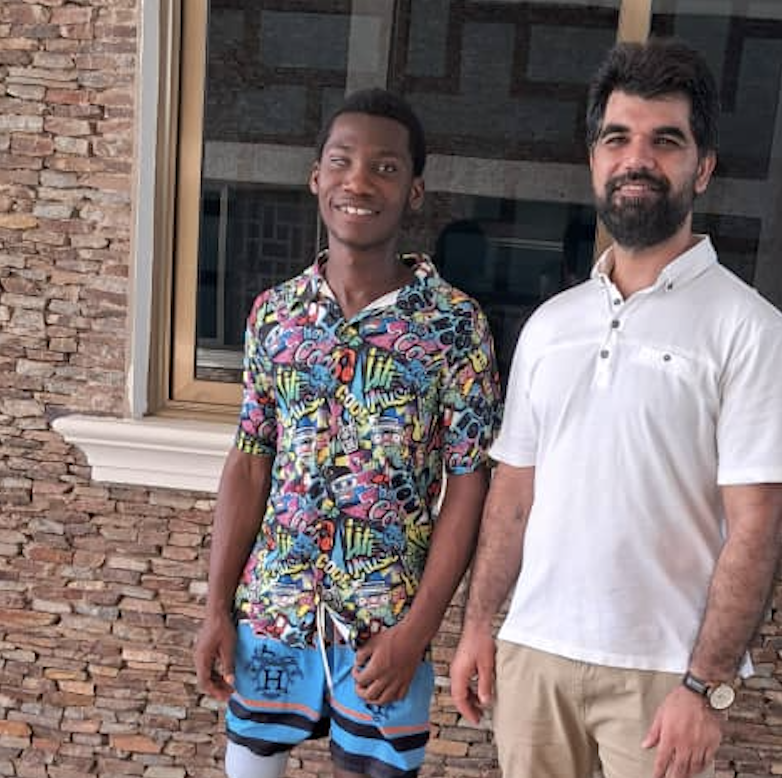
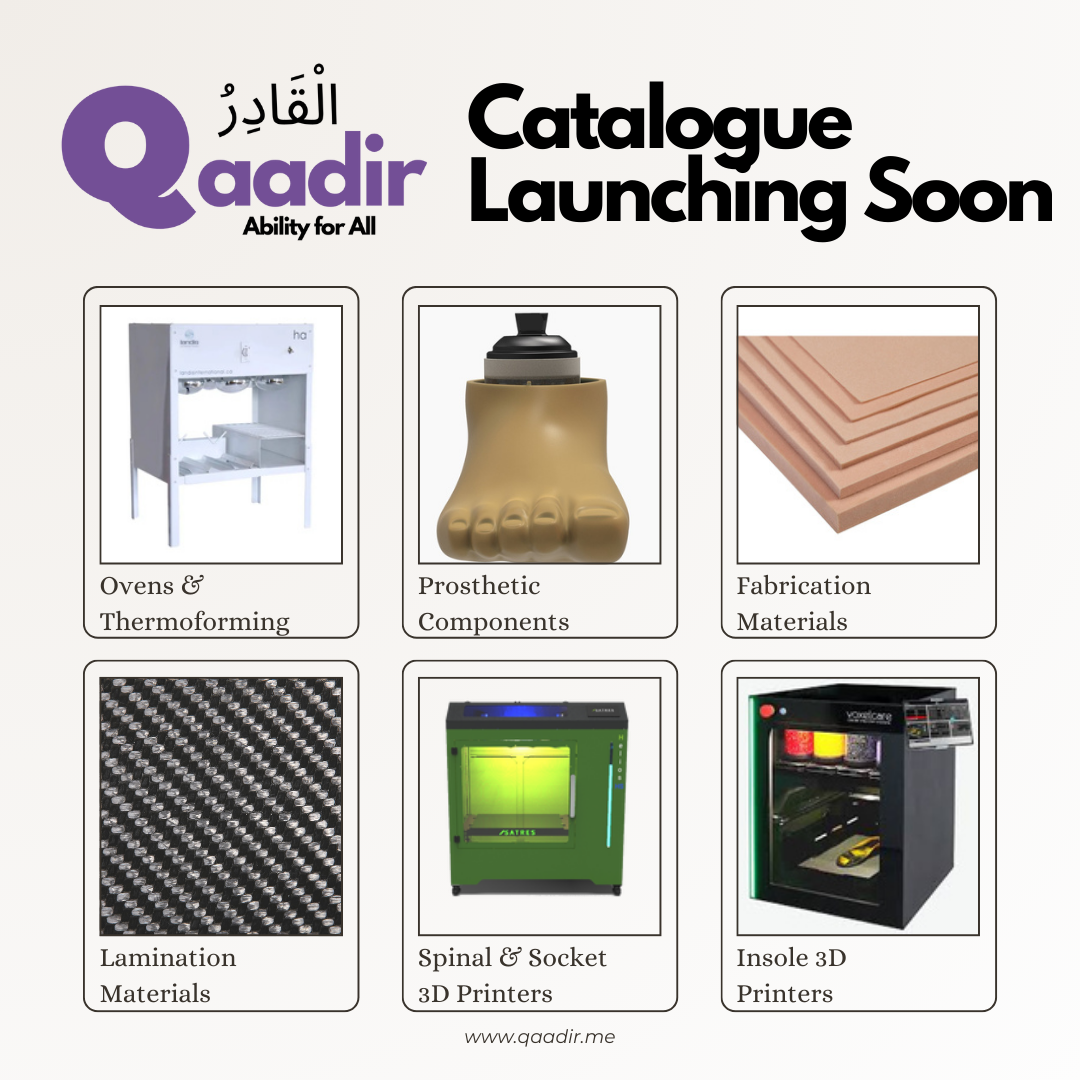
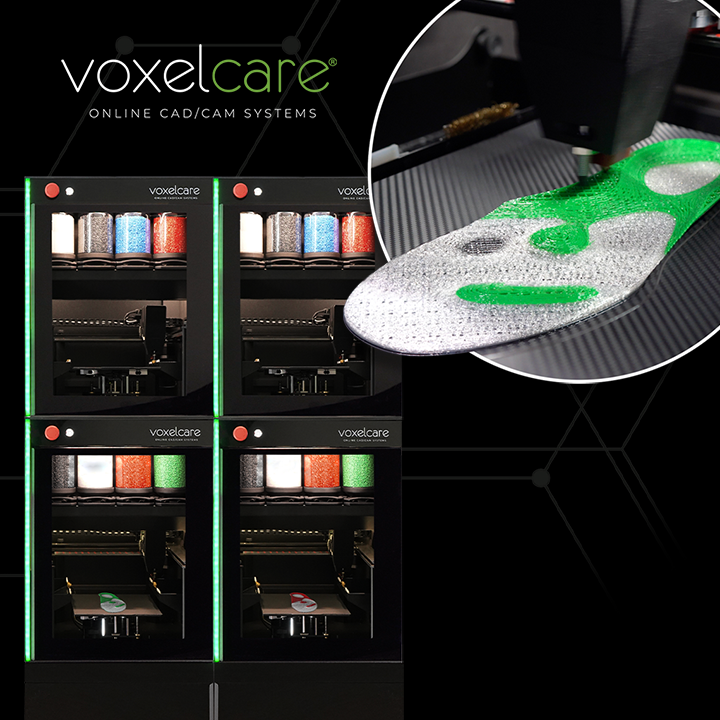
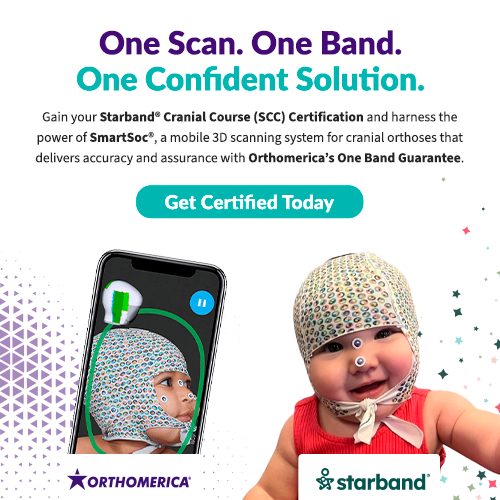
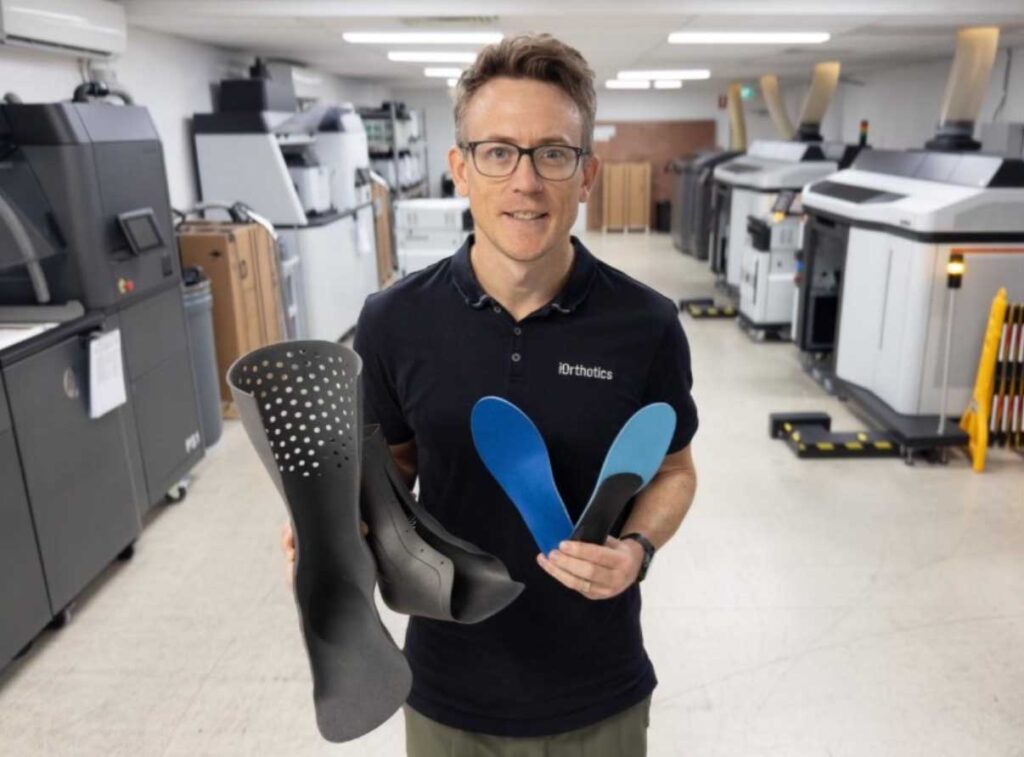
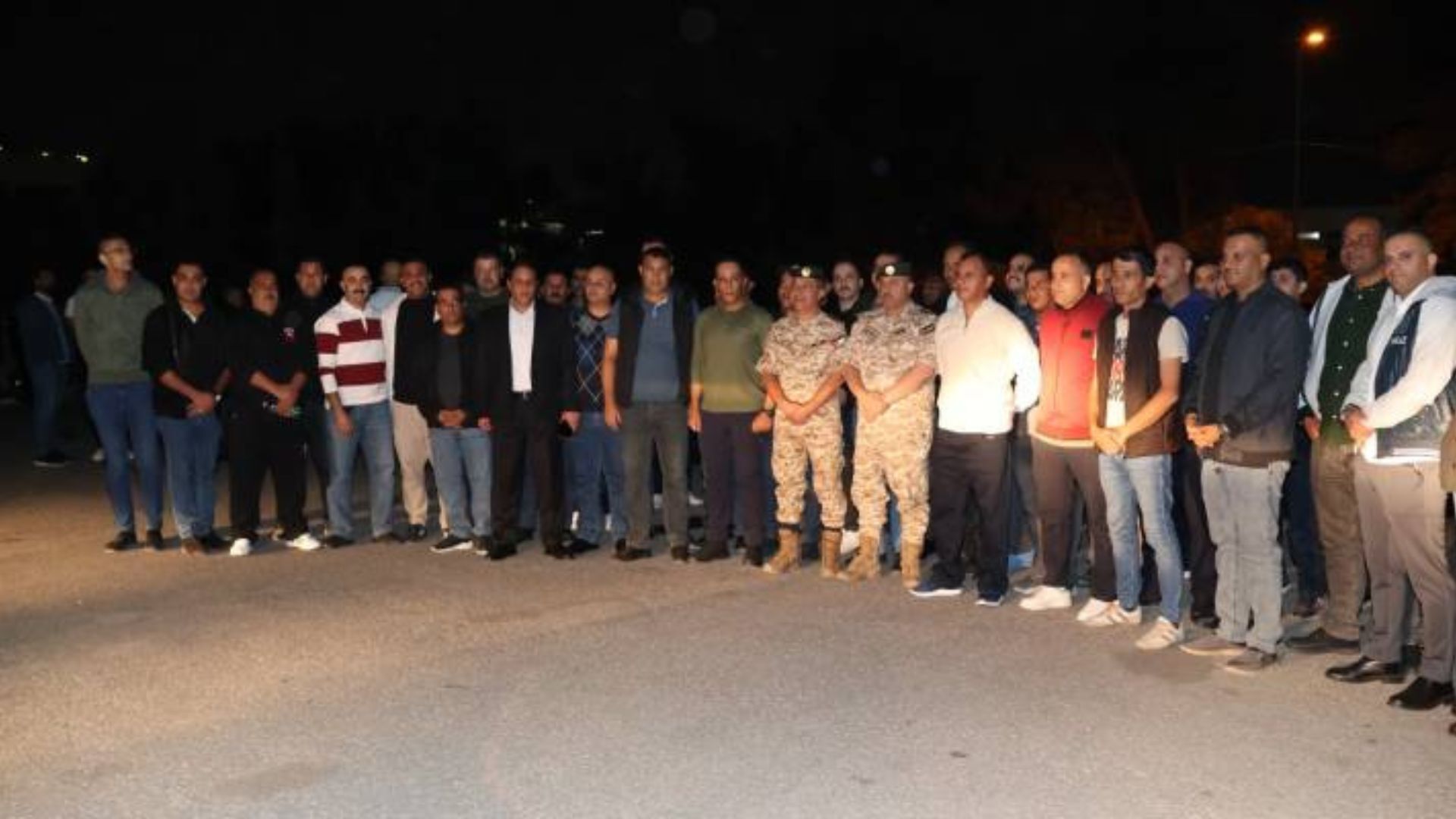
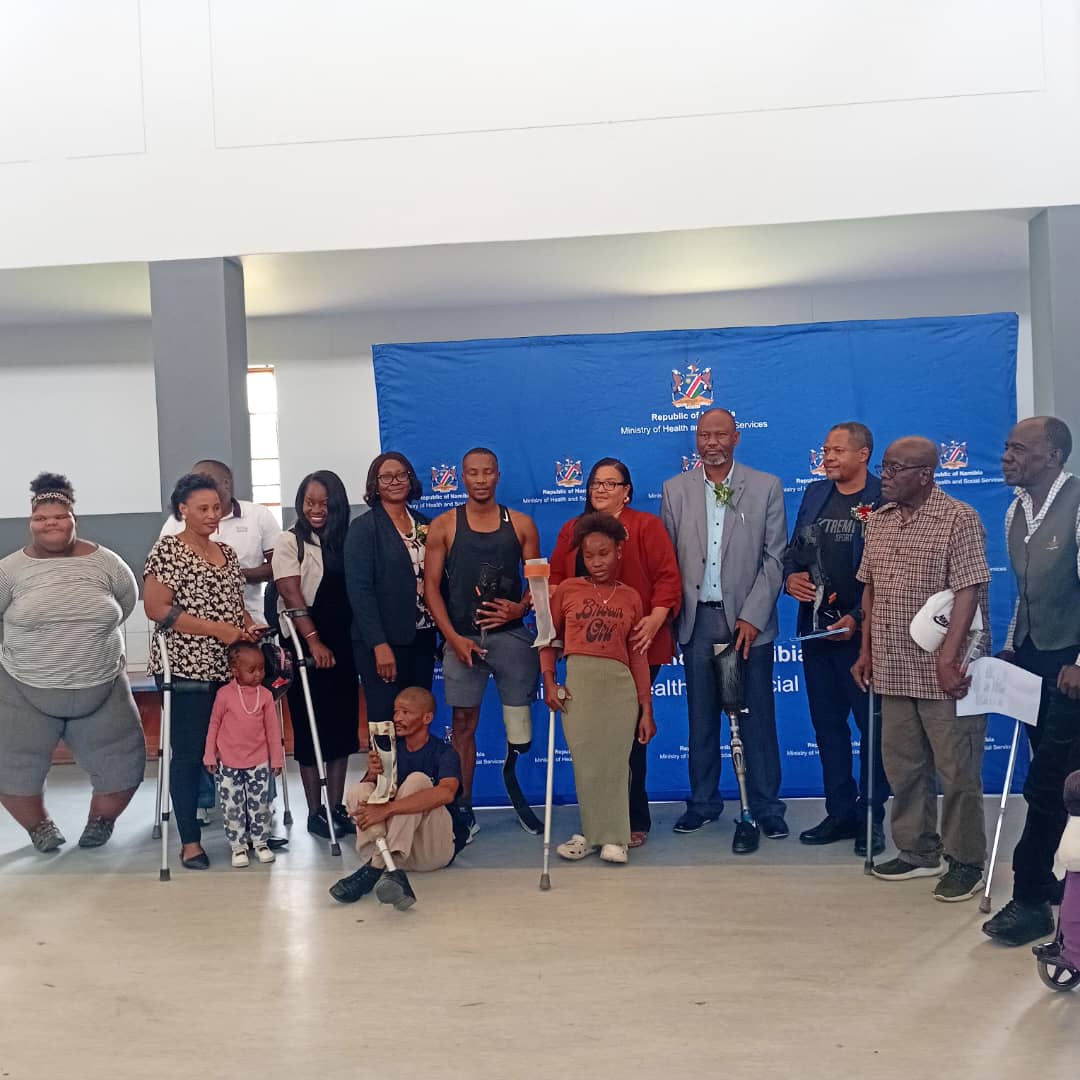
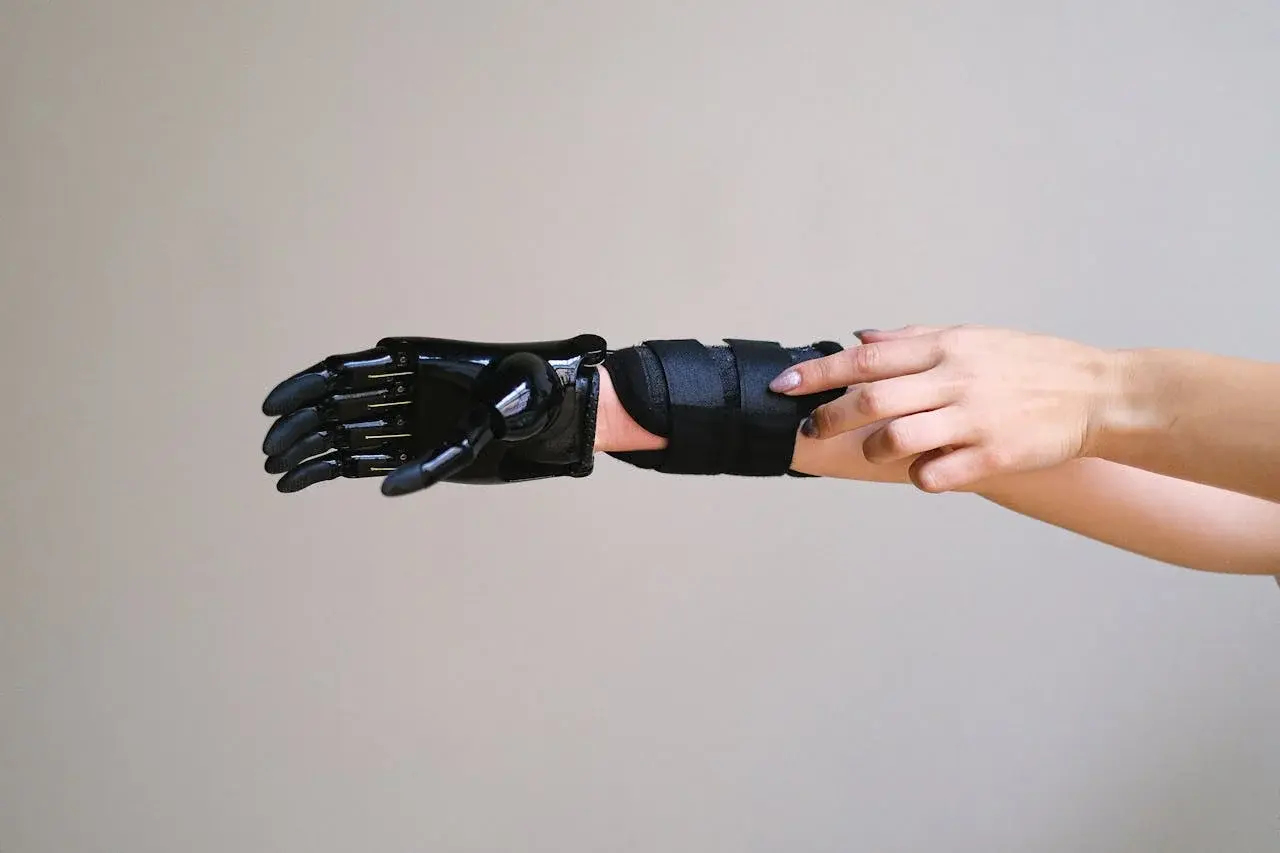
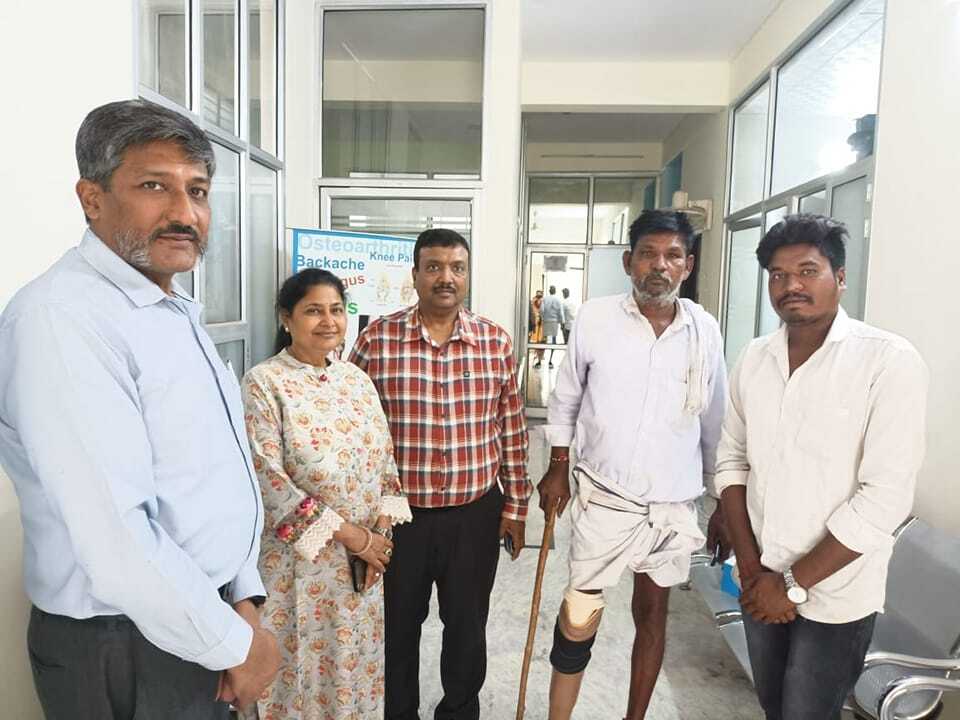
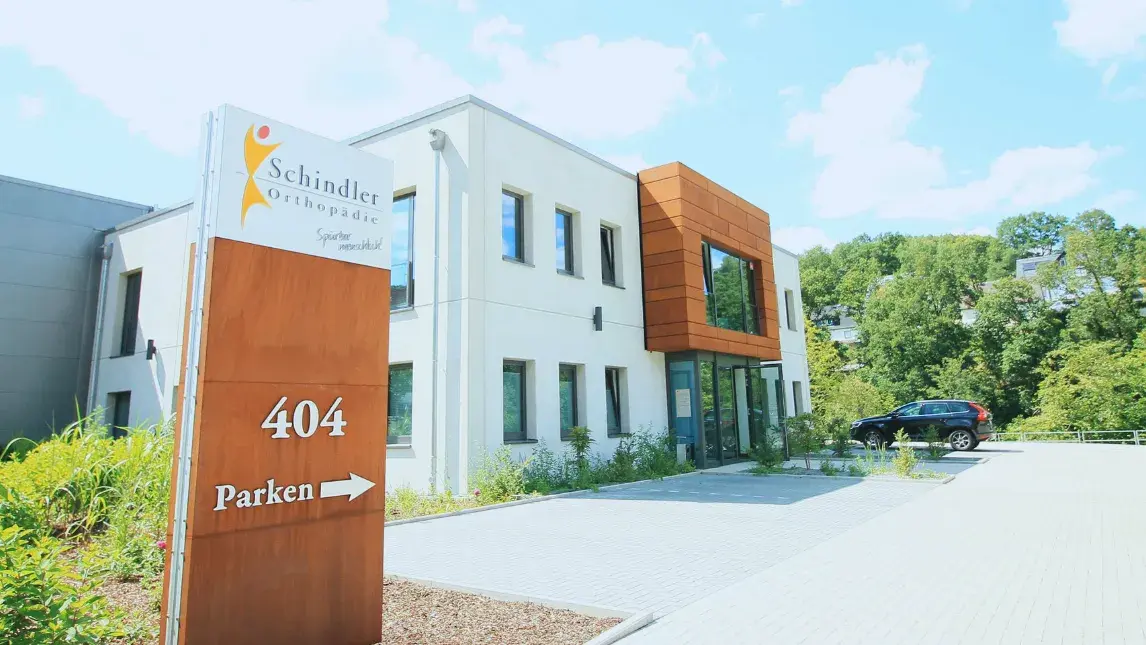

-1.png)
